|
|
|
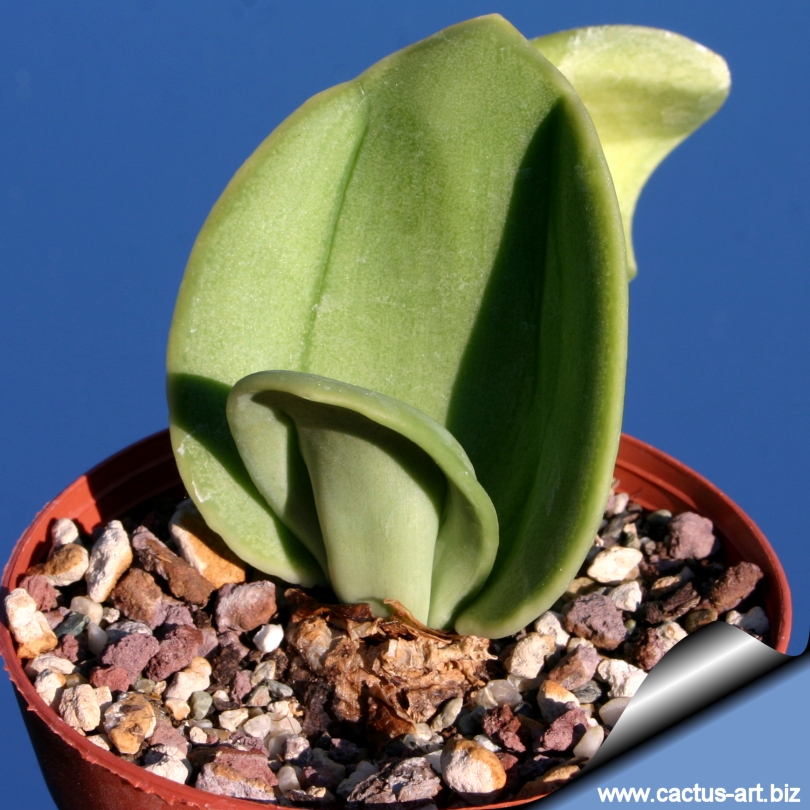
Rauhia peruviana
Rare evergreen bulbous plants notable for its paired tongue-like
and fleshy leaves.
|
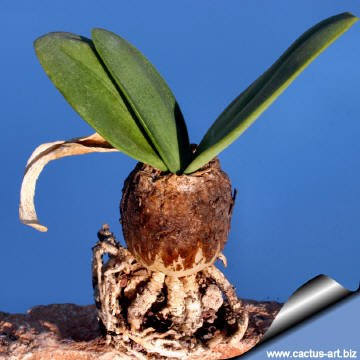 |
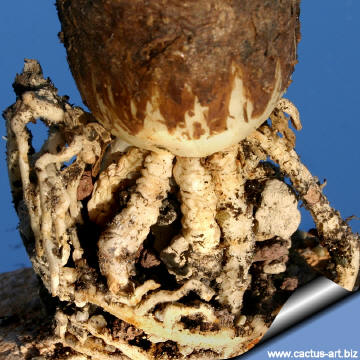 |
|
. |
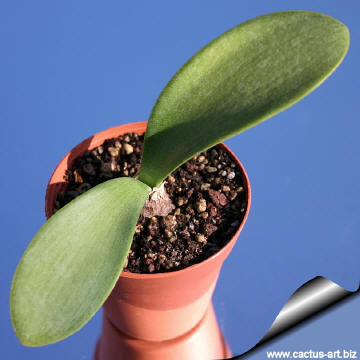 |
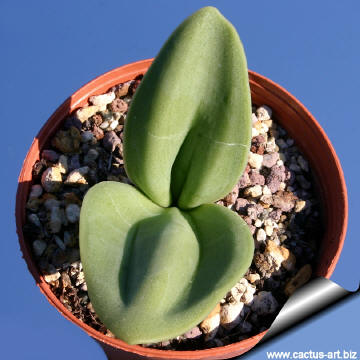 |
|
. |
|
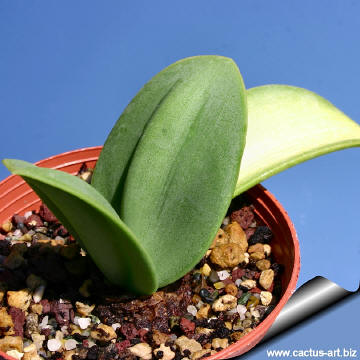 |
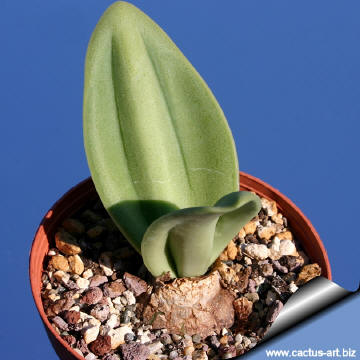 |
|
Advertising
|
|
|
|
|
Family: Amaryllidaceae
Scientific name: Rauhia peruviana
Traub 1957
The right name might be Rauhia
multiflora Ravenna 1969.
Origin: It is found in Maranon and Utcumbamba river
valleys in Northern Peru at 1000-1500 meters.
Habitat: Seasonally dry, open woods and
rocky slopes.
Common English Names include:
Etymology:
Synonyms:
- Rauhia multiflora (Knuth) Ravenna
In: Pl. Life 25:61, 1969A
- Callithauma spathulatum Herb. 1827
- Phaedranassa multiflora Kunth 1850
- Phaedranassa megistophylla Kraenzl. 1917
- Rauhia megistophylla Traub 1966B
|
Description: Rauhnia
are evergreen bulbous plants notable for their large and fleshy leaves
and closely related to Eucrosia and Phaedranassa.
Bulb: The large obovoid onion is up to15 centimetres in diameter,
tunics fleshy, withering papery, brown.
Roots: Swollen succulent and retractile.
Leaves: Each bulb has only a pair of spreading short leaves. When
mature these leaves are 4-15 cm wide and 20-30 cm long. They are widely
petiolate, rounded, ovate, tongue like, very carnose, thick, epidermis
with mircopapillae, sometimes tessellated with silver when juvenile.
Flowers: The numerous flowers are borne on a tall stem (50-120
cm) with a 8-to 25 flowerd umbel of 9 cm long, they are blue-green with
little white with curved stamens. Pedicel 3-9 cm, perianth tube approx 2,2
cm long, Tepals 4-5 cm long. Filaments 2 shorter 3 cm long, 4 longer up
to 3,6 cm long. Style declinate, as long as or longer than the stamens.
Blooming season: Flowers will appear after the winter dormant
period.
Seeds: Brown or black.

|
|
|
|
Cultivation:
It is an easy and adaptable plant to grow and it is well suited for containers
growing happily in a pot for many years. It makes a good but odd
houseplant or specimen. Prefers some direct sun but will scorch in hot, sunny, dry locations. In
the greenhouse, use a suffice cactus soil with some peat (a soil that
retains water yet drains well). The plants are allowed to dry slightly
in-between waterings. If the plants are allowed to dry too much, they
will go dormant. During the winter months, the plants are allowed to go
dormant and are stored in the cold storage until spring. Temperature:
Reportedly hardy down to -5°C. It can be planted undergrounds, with a
thin soil layer on it, or just leave it “on” the ground, it will root
anyway, and the chances of getting rot are smaller this way rather than
planted undergrounds (although it grows slower).
Mealy bugs seem to be a problem, especially in older specimens that have
formed a clump of bulbs. They hide in the residue of the old, dry, dead
bulb scales.
Propagation: Division, seeds. Copious seed is also produced and germinate easily. It is
best to propagate seeds in the spring through summer in a mixture of
moist peat and perlite. Cover the pot and plant with a plastic bag
secured by a rubber band to prevent the moisture from escaping. Place in
indirect sunlight or under a fluorescent light. Repot in its regular mix
after it has been growing for a while. After dividing plant or removing
offsets, pot it in its regular potting mix.

 |
|








